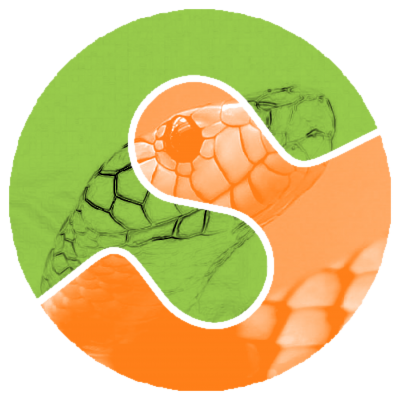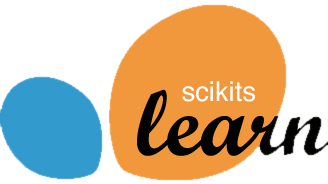Python
for
Computer Vision
Online: malloc47.com/ATO2013/
Code: github.com/malloc47/ato2013-code/
About Me
Computer Vision
- Subset of AI
- Concerned with problems that involve visual perception
- Well-known accomplishments:
- Face detection
- Kinect
- Eye/Fingerprint Identification
- OCR
Levels of CV
- Low-level (image processing)
- Mid-level (features)
- High-level (human)
Doing CV



- Open Source
- High-level
- Multi-paradigm
- Extensible
- Library-rich

SciPy/NumPy
- General scientific and numeric computing libraries
- Supplies algorithms and datatypes for most Python CV libraries

scikit-image
- In the family of scikits, analogous to Matlab toolboxes
- Similar to Matlab's image processing toolbox
- Focuses on image processing and mid-level vision
- Useful for
- Morphological operations
- Edge/corner detection
- Image filtering
- Segmentation

- Similar to Matlab's Machine Learning toolbox
- Contains well-known classifiers, clustering, metrics, etc.
- Useful for many vision applications where relationships between features aren't well-established
- Useful for
- OCR
- Object detection
- Object identification
- Image matching

- Originally an Intel project launched in 1999
- Now run by non-profit OpenCV.org
- C/C++ interface with some Python bindings
- Geared toward high-level CV
- Useful for
- Face recognition
- Motion tracking
- Some learning algorithms
- Robotics
Others
- Scikit-learn: Machine learning
- SimpleCV: Companion to Practical Computer Vision book
- pymorph / mahotas: extensive morphological algorithm support
Examples
Basics
- Loading images
- Numpy matrix operations
- Viewing images
Edge Detection
- Concerned with identifying strong edges in an image
- Useful for identifying
- dominant directions
- horizon lines
- general shape
Morphological Operations
- Based on mathematical morphology
- Typically use a special "structuring element" shape
- Useful for a variety of basic image processing
- Typically fast enough for real-time use
Learning
- ML Classifier: consume a lot of data points in training
- Classify new data by matching it to what was learned during training
- When in doubt, use a Support Vector Machine
Face Detection
- Built into OpenCV
- One technique uses HAAR Cascade
- Based on HAAR wavelets
- Introduced by Alfréd Haar in 1909
- Uses integral images: fast
- HAAR features arranged into relationships (eyes in relation to nose, in relation to mouth, in relation to...)
- Requires a trained "cascade" for classification
- Many trained cascades available for face detection
Gotchas
- Types: uint vs float
- Library glue
- Installation
- Robustness
- Algorithm complexity